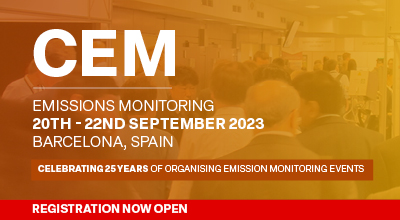| Abstract Title: | Assessment and construction of emissions inventories using Montecarlo simulations and hyperlocal IoT ground measurements |
| Presenter Name: | Mr Alejandro Pujante Pérez |
| Co-authors: | Mr Eduardo Illueca Fernández Ms Nuria Bernabé Mulero Dr Antonio Jesus Jara Valera |
| Company/Organisation: | Libelium |
| Country: | Spain |
Abstract Information :
Emissions inventory and monitoring is a challenging scientific and society-related problem due to the increasing consciousness of health and environmental effects pollutants in urban health, climate change and sustainability. For this reason, the development of model and methedologies to determine emission fluxes are essential in policy making and digital transformation. In adittion, emission inventories feed mathematical and artificial intelligence models, combining mathematical descriptions of atmospheric physics and chemistry, accounting for emissions, transport, photochemical reactions and deposition and have been mostly used to assess the effect of proposed control strategies for urban and regional pollution. However, the current emissions inventories are related to a high uncertainity and a low spatial resolution. To overcome this problem, in this work we propose a new model based on hyperlocal air quality IoT devices to calculate puntual flux emisions. The methodology followed complains with the concept of Montecarlo simulations, using a model that takes flux emissions as inputs, and it is composed of the following steps: i) modelling of the a priori distributions of flux emissions according to preovious inventories and information available in literature; ii) performing iterative simulations using a model based on the diffusion-advection equation; and iii) selecting the emissions the fluxes that minimised the error against the hyperlocal IoT devices. Last, the emissions calculated are validated against the CAMS invetory emissions and the declaration of different companies. Our results are quite promising, demonstrating that we can increase the resolution of the emission fluxes to 10 m x 10 m, with an error in the best simulations lower than a 10 % with the IoT devices, overcoming the state of the art, and the model has been validated in different scenarios: NOx urban traffic emissions, particle port emissions and metal emissions related to minery. In summary, we propose a new model for emissions fluxes determination that is innovative for the following reasons: i) integrates the power of the IoT paradigm and hyperlocal ground measurements; ii) is a high resolution model, allowing to understand the impact of the emissions in a local/urban scale; and iii) the computational cost is feasible to perform the calculation of daily fluxes.

